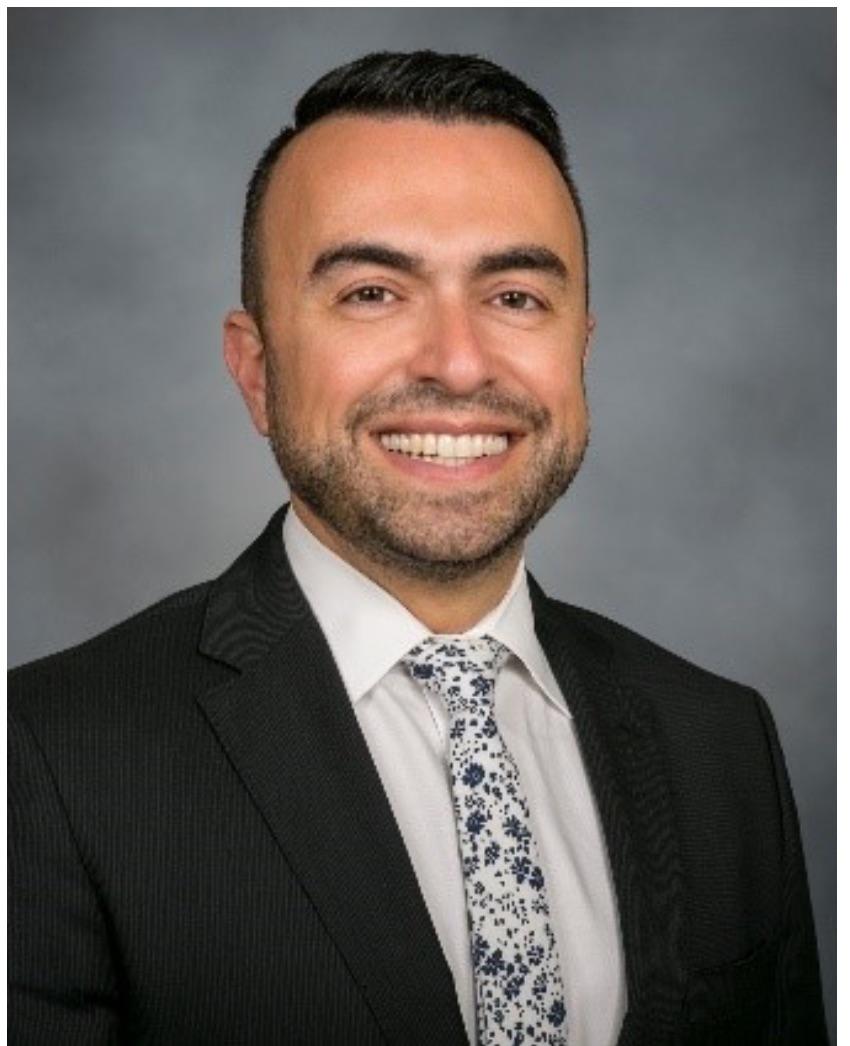Q&A with Kaiser Permanente’s Bechara Choucair, MD

CB: What’s important in 2020 for Kaiser Permanente, and how does addressing homelessness fit into that vision?
Choucair: Kaiser Permanente has been dedicated to improving the health of our members and the communities we serve for 75 years. As we look to 2020, we are determined to continue to elevate social health to the same level as physical and mental health. A person’s social health–having access to things like healthy food, stable housing, reliable transportation and meaningful relationships–has a strong impact on a person’s total health. If a person does not have stable housing, for example, it is very difficult for them to maintain their health regardless of quality care.
CB: What inspired the organization to invest in housing?
Choucair: Housing and health are inextricably linked. We know that the life expectancy of a person experiencing chronic homelessness is on average 27 years less than those of us who are housed. And unsafe, unstable, or unhealthy housing has can cause severe and costly health issues like asthma, lead poisoning and unintentional injuries. We are facing a crisis in this country. Many of the communities we serve grapple with some of the highest costs of housing and highest rates of homelessness in the U.S. As the nation’s largest, integrated nonprofit health care system, we are uniquely designed to improve health outcomes where health starts; in our communities.
CB: How do you qualify candidates for housing?
Choucair: We have a diverse portfolio of strategies to address affordable housing, housing security and homelessness. For example, Kaiser Permanente partnered with Bay Area Community Services (BACS) to rapidly house 515 homeless individuals in Oakland, who are over the age of 50 living with at least one chronic condition. We are taking what we learned from that initiative to develop scalable solutions throughout our regions.
We are focused on housing for the most vulnerable people, such as those who have 0-80% of the area median income, those who need supportive housing, veterans or seniors.
CB: What does the cost saving look like?
Choucair: Patients without housing are 50.8 percent more likely to be readmitted to hospitals, and when admitted tend to stay 2.3 days longer. Hospitalization and emergency department costs among 6,500 homeless individuals in Boston turned out to be 3.8 times higher than those for the average Medicaid beneficiary.
Our work in Community Health is at the fabric of our model, a key component to the organization’s mission to provide affordable health care and to improve health for members and communities alike. When we began 75 years ago, we started with a network of primary care doctors and specialists to support the physical health of our members; then we added mental health providers. And now, in this very pivotal moment, we are developing networks to meet the social health of our members. By moving upstream to address social health on the same level as mental health and physical health, Kaiser Permanente is continuing to be a national leader in improving health outcomes.
CB: Can you give an anecdotal example?
Choucair: In June, we shared the story of Joyce, (https://youtu.be/DRk4idNZRg8) a Kaiser Permanente member in Vancouver whose physician connected her with housing resources after discovering she was sleeping in her car. We also shared the story of Victor Nelson (https://about.kaiserpermanente.org/community-health/news/transforming-housing-for-growing-aging-homeless-population) who was housed through the BACS partnership.
CB: How did you become so passionate about this?
Choucair: When I first came to the U.S., (from Beirut) I trained to become a physician in programs focused on caring for people experiencing homelessness. While there, I met Judy.
Her ailments seemed straightforward. Aches and pains, minor infections and symptoms of substance abuse. But soon it became clear that her challenges ran deeper. She had mental health challenges that made it hard to keep a job, and regular unemployment made consistent healthcare impossible. We were able to connect Judy with some social services, but it never felt like enough. The care I could provide wasn’t going to break this vicious cycle.
During one visit, she told me her biggest concern was finding a place to sleep on that frigid Chicago night. One day, I learned someone froze to death in a park near the clinic. It was Judy, and that broke my heart. I believe her death was preventable, but that the solutions were out of my reach.
I couldn’t write a prescription for homelessness. To get to the heart of these challenges, I needed to shift my focus to the environments and policies that impact a person’s conditions for health.
